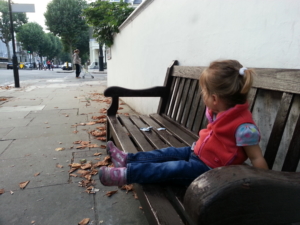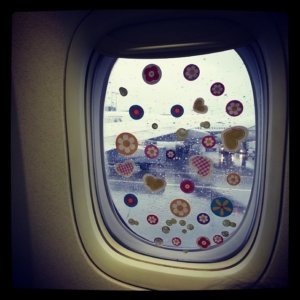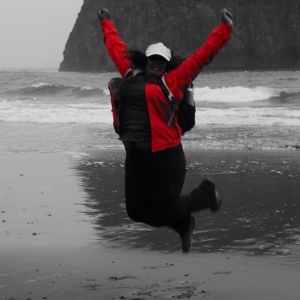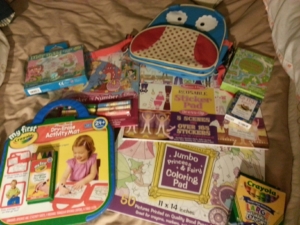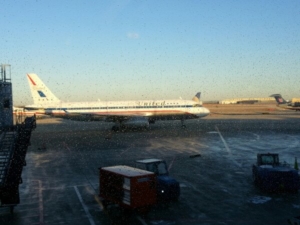The Importance of Being Kind
Respect and kindness are big themes in our family these days, as we’re working with L and R to make sure they (don’t beat the snot out of each other and) always treat others the way they want others to treat them.
That’s precisely why this post, by “Mindful Dad” Josh Misner, resonated so strongly this week.
In the story, which was published on Misner’s blog and then on Huffpost Parents, Misner recounted a recent travel experience during which he behaved badly toward an airline customer service agent in front of his 6-year-old son. He then shared a wonderful anecdote about what happened next: Misner realized the error of his ways, and apologized to the customer service agent in front of his boy.
The story moved me for a number of reasons. For starters, it was a powerful reminder of the importance of leading by example, that our kids learn how to travel—and to treat others in general—by watching us. I also took comfort in reading another dad’s take on the whole notion of managing frustration when traveling with the extended family. The reality: when presented with disruptive delays while traveling with little ones, sometimes it can be really difficult to keep your cool.
Finally, the piece bolstered my opinion that the travel industry needs more families as customers.
Think about it—if Misner had been traveling alone, if he hadn’t realized his behavior was setting a bad example for his son, would he have made the effort to apologize and do the right thing? I’m guessing no. And I’m pretty sure I wouldn’t have.
One could argue that responsible parents traveling with kids actually make the skies (and airports, for that matter) a friendlier place to be. That’s something from which everyone can benefit.
To what extent do you meter your behavior when you travel with kids?



